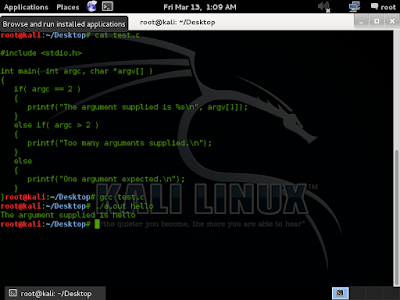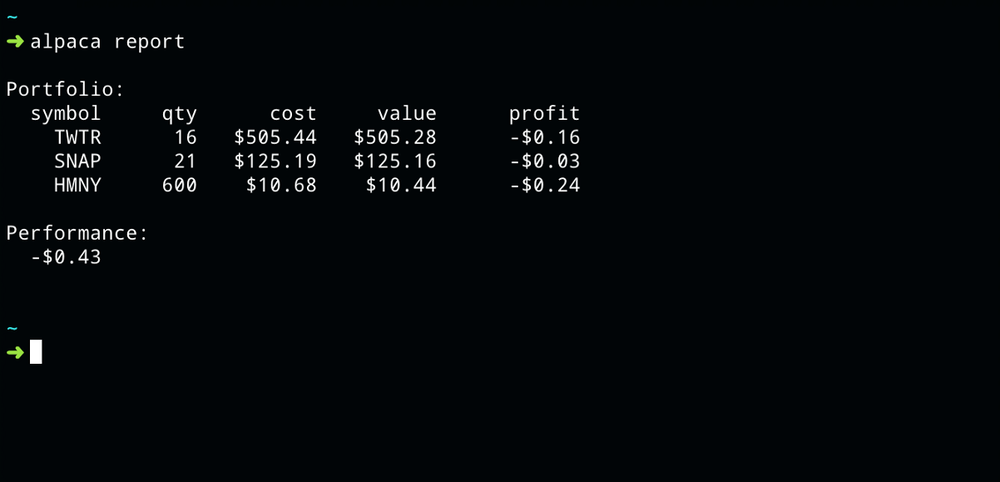


The result should be: Hello world!Īlthough this simple program is somewhat gimmicky, it does introduce three important aspects of the Wolfram language:

In the Mathematica GUI, you then press Shift+Enter to execute the command, whereas if you are on the command line, you just press Enter. Additionally, it is important to note that I focus on the actual Wolfram language programming aspect of the Mathematica interface, rather than the word processing and layout features also available in the Mathematica notebook interface.Ĭustomarily every programming lesson begins by outputing the string Hello world! In Mathematica, you just have to type: Print In this article, I focus on the Mathematica user interface however, all the commands should work from the command-line Wolfram interface as well. You can also save your work in a notebook by using the keyboard shortcut Ctrl+S or by clicking on File | Save.

If at any point you need or want to open a new notebook, click File | New | Notebook, or alternatively, you can just use the keyboard shortcut Ctrl+N. Alternatively, you can open an LXTerminal session, type sudo wolframĪnd hit Enter you should see an interface in the LXTerminal window that looks like Figure 4.įigure 6: The Mathematica user interface. If you want to run the command-line program (which is not necessarily the best place to start for a beginner), either click on the Wolfram icon (the one that looks like a wolf) in the app launcher menu or double-click the desktop icon. However, the word processor interface of Mathematica adds a whole new level of capability that is not present in a conventional IDE: You can actually calculate in real time within a notebook, effectively adding programming capability to a word processing environment. This approach is similar to programming in other languages using an Integrated Development Environment (IDE). The alternative method is to use the Mathematica notebook interface, which is a word-processor-like environment with the added capability of really intuitive programming and interaction with the Wolfram language. The command-line version of the Wolfram language lets you execute commands from an LXTerminal command-line session or from a previously saved executable. With the Wolfram Engine on the Raspberry Pi, you effectively have two ways of programming with the Wolfram language.


 0 kommentar(er)
0 kommentar(er)
